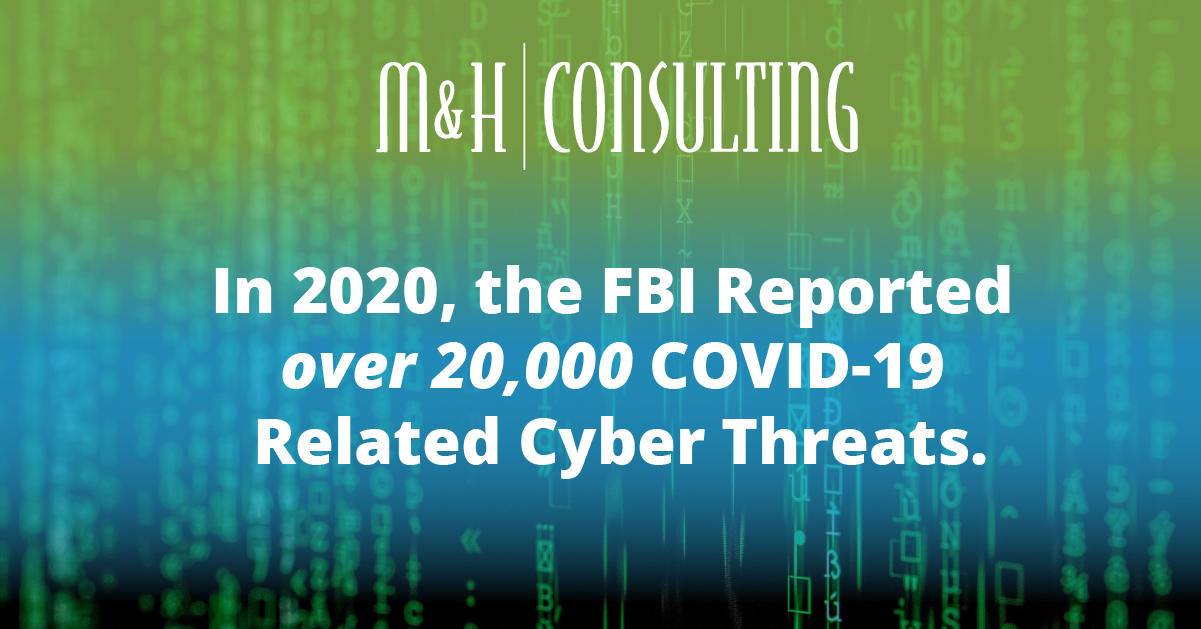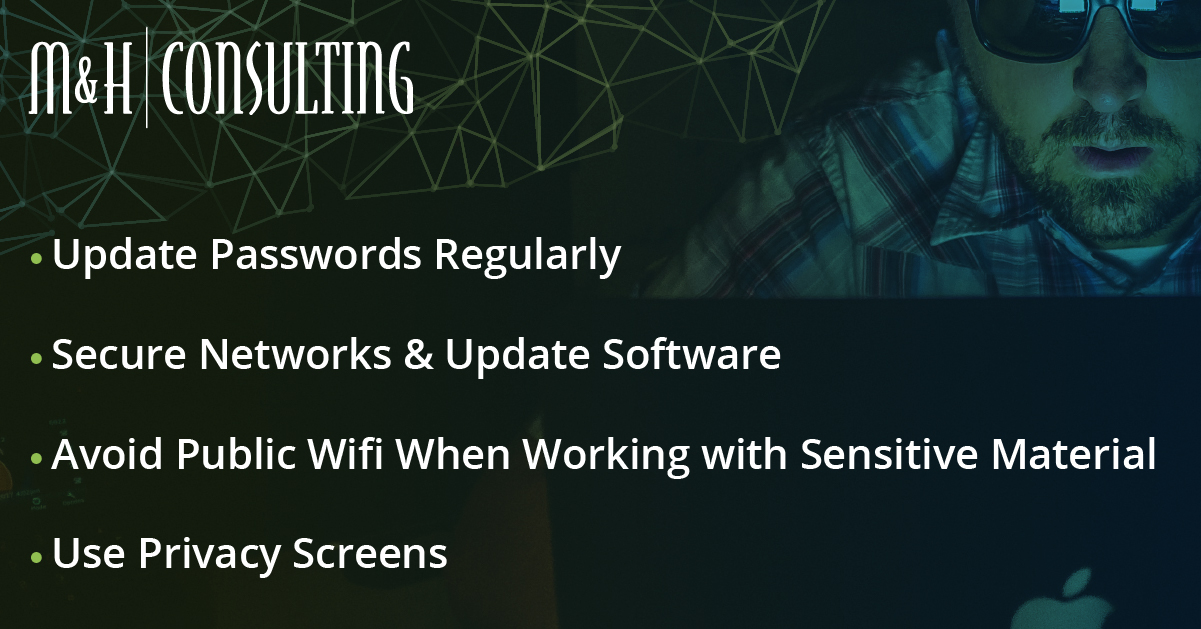The best way to resolve an IT disaster is to prevent it before the incident actually happens, especially while most of the country works remotely. While data loss, security breaches, and threats yet to be identified are unfortunately an everyday occurrence as a byproduct of our increasingly digital lifestyle, there are steps that you and your business can take to prevent such incidents. As Isaac Kohem, VP of R&D at Teramind, says, “Ultimately, if today’s organizations are going to meet the moment, data privacy has to be a top-down, all-in effort.”

How You Can Prevent Data Breaches From Home
Update Passwords Regularly
Probably the most straightforward and yet most neglected way to secure your home working space is to update your passwords regularly. While we understand that it can be a pain point to have to relearn new passwords for your many work accounts consistently, it’s an even more significant issue to have your companies sensitive data breached, stolen, and placed in the wrong hands.
Secure Your Network & Update Your Software
Contact your IT rep or Internet Service Provider (ISP) to ensure that your network is secure and up to date with the latest security software. Even smart devices such as lights, AI assistants, and thermostats can provide backdoor access to your home network.
Avoid Public Wifi While Working With Sensitive Material
While coffeehouse work sessions can net a high amount of productivity, they can also potentially leave your data open to anyone on the network with not-quite-as-noble intentions. If it is safe in your area to schedule a work session outside of your home, it’s best to avoid working on confidential or potentially sensitive client or company information. You’ll also want to keep a watchful eye out for “rogue hotspots” placed in public wifi areas, under similar names, to trick users into logging in. According to Norton, “once a victim connects to the rogue wifi hotspot, the host hacker can then intercept data and even use tools to connect malware into the connected devices.”

You NEED a Disaster Recovery Plan
The time for “you should have a disaster recovery plan” has passed – it’s critical that you and your company have a well thought out and detailed disaster recovery plan in place right now. It’s vital to adapt that plan to the current climate of remote workers and offices to avoid potentially catastrophic data breaches or losses. This year alone, the FBI has reported over 20,000 COVID-19 related cyber threats. Sadly, this pandemic has opened your digital doors to cyber attackers, but we’ll do our best to help you and your business keep those doors locked tight and safe.
If you do not currently have a specific remote-based disaster recovery plan in place already, don’t wait! You’ll want to hit the ground running, letting your team know what needs to be done to prevent data breach or loss, and what to do if a potentially critical event does occur. This is where we come in and excel. Contact us immediately, and we’ll work with you and your staff to ensure that your data is backed up, secure, and protected from ongoing cyber threats during and after the global health crisis.
Categorised in: data breach, Data Retention, disaster recovery, Security, software, updates, wifi
